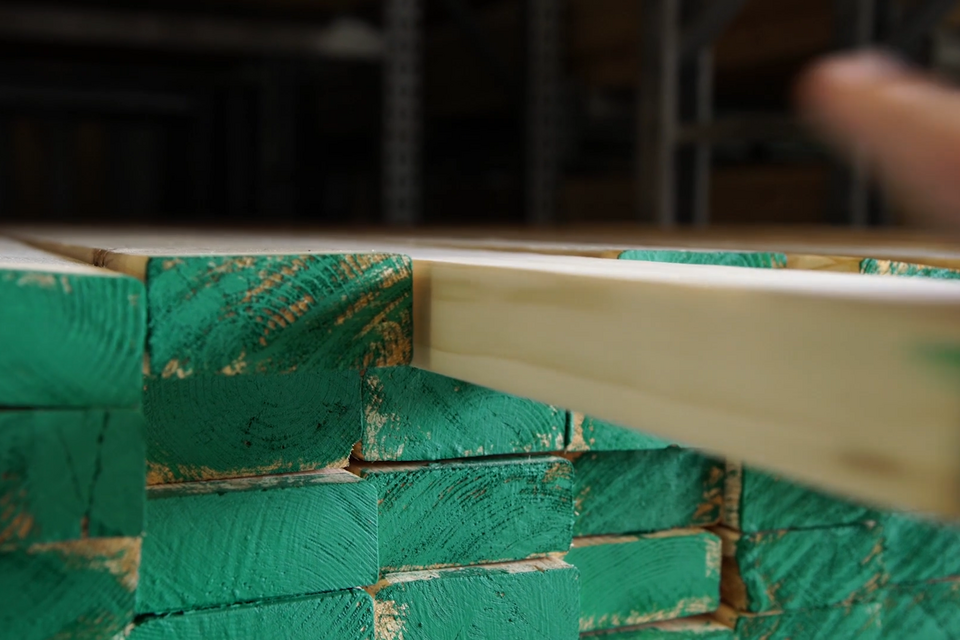It’s been a bit of a push-and-pull game with the lumber market in recent weeks, as dealers and mills try to determine the course of future business as well as where current price levels should reside. Of note, in early August the U.S. Department of Commerce (USDOC) announced its latest “final result” of yet another administrative review of the Canadian Softwood Lumber Agreement duties (SLA) that determined that Canadian lumber mills have been penalized greater than they deserved to be, due to the exorbitantly high costs of lumber experienced in 2020 that the duties were based upon. As a result, the duties for the mills who were part of this latest investigation were to be adjusted from 17.91% to a weighted average of 8.59%. In anticipation of a price drop, the reduction in duties initially prompted buyers to hold off purchasing material until they went in to effect the week of August 8th, but on the heels of the SLA duty reduction came an announcement on August 9th from West Fraser Timber (a premier Canadian lumber mill) that they were implementing a permanent curtailment of 170 million board feet of lumber due to a lack of timber, which incited buying and drove prices up before any downward adjustments were realized. The lack of timber is attributed to fall out from the Mountain Pine Beetle kill issue that has been plaguing the Northwest Territories for years and has killed millions of acres of at-one-time harvestable timber. Although much of this downfall had been harvestable at one time, it has since expired due to age and exposure. In what appears to be a calculated move, the curtailment from West Fraser spurred many buyers in to action and the market heated up fast. However (and to the dismay of traders and mills), it ceased to be a sustained rally as the heightened level of concern for what business (or lack thereof) lays in store over the next few months was top of mind and so those who reacted mostly covered their near-term needs and not much more. By mid-month, sales were lackluster and, with the low grumblings of a recession, increasing inflationary costs and the negative impact escalating interest rates are having on the housing market, consumer confidence is taking a hit and buyers don’t want to be caught with too much inventory if the economy falters. Cautious optimism is the name of the game and, although September usually brings a round of buying for fall business, it may not be quite as robust as it has been in recent years. Over the next month, we anticipate the market to operate in fits and starts, moving sideways overall and with the chance of a pop of business as we edge closer to October.
Although it’s never wise to completely dismiss news that may affect our industry, it is equally prudent to not fall hook, line and sinker for it until you gather the facts. As we are well aware of, the element of sensationalism drives sales (as it’s a key tool to instigate a desired action) so it’s a buyer’s responsibility to question the veracity of the news presented and to gather the facts in order to understand the true scope of the issue. In respect to that, we make it a habit to quantify the size of the announcement by using multiple sources and are very careful not to react to conjecture or with emotion. For instance, the curtailment mentioned above from West Fraser of 170 million board foot of lumber is a huge number in relation to most things that we deal with, but how big of an impact will this really be to our industry? In questioning the sources that forwarded the article (which came from the West Fraser website), no one knew the answer off of the top of their heads and several turned to others in their office who provided vague answers that varied from “two weeks of their annual production” to “the equivalent of the annual production of two Eastern mills”, and “over 6100 truckloads annually”. After some bird-dogging, we went to the source and learned that 170 million board feet of lumber from West Fraser represents about 10% of their annual British Columbia sawmill production. In quantifying how much of an impact this may cause to overall lumber volume from Canada, we learned that their top 10 lumber mills produced 13.945 billion board feet in 2021 (according the Logging and Sawmill Journal, March/April 2022 edition), and so 170 million board feet represents just over a mere 0.01%. The Mountain Pine Beetle kill is a serious issue, but it’s been on-going since the late 1990’s and many Canadian mills have taken action in the face of this crisis by establishing mills in the southern United States where they are milling Southern Yellow Pine for framing, a burgeoning category. In addition, European mills have been having great success in the U.S. with their timber, supplementing much of the Canadian deficit and pleasing customers with their quality and price point. In the grand scheme of lumber buying, this wasn’t one announcement to worry about, but it did get a reaction that upset the market and is a great example of looking before you leap.
In anticipation of this fall, we are excited and optimistic for what we see coming on deck and are confident that we will finish the year strong. We hope that we have earned your business by being the company that you can count on for competitively priced, high quality building materials and that this monthly article gives you a little insight of the industry from our perspective. Thank you for your business!
